Epson Print Academy – NYC

The Epson Print Academy will be in NYC tomorrow.
Rodney, Schewe, Gorman, Holbert, Caponigro.
Check out this recent blog post at Photoshop Insider where we each describe our sessions.

The Epson Print Academy will be in NYC tomorrow.
Rodney, Schewe, Gorman, Holbert, Caponigro.
Check out this recent blog post at Photoshop Insider where we each describe our sessions.
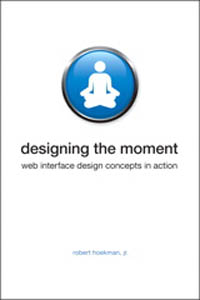
Robert Hoekman talks about Stupid User Syndrome: Why We Become Idiots Online (And What Web Designers Can Do About It) in his excellent book Designing the Moment: Web Interface Design Concepts in Action.
“Whether we like to admit it or not, we’ve all been victims of stupid user syndrome at some point or another. Designing the Moment author Robert Hoekman Jr. outlines the symptoms of this terrible malady as well as what Web designers can do to prevent it.
We learn the wrong things
First, we learn to do things the wrong way, often by learning from an uninformed friend or colleague, or by simply guessing.
Because we live in the Information Age and are constantly inundated with a huge amount of things to know, learning to do things the wrong way is often completely fine. The fact is, we don’t need to know the correct way if the incorrect way gets us to the same result and is “good enough”.
Most of our users will never become experts at using our—or any other—application. For most people, most of the time, a low- to high-level of intermediate knowledge is all that is ever needed to get by. So, we’ll learn just enough to do what we need to do, and we’ll stop.
And because this nice little shortcut works so well for us in life, we do the same thing online. Instead of learning the proper way to set up a filter for spam email (in email applications where this is not built in), for example, we may learn to simply get by with repeatedly clicking the Delete button.
But the problem doesn’t end there. Once we learn to do things the wrong way, we often settle in and never learn the correct methods. Why not?”
Check out the rest of Hoekman’s post on Peachpit here.
Get the book and check out other books I recommend here.
Sounds like learning any software interface that evolves – like Photoshop CS4 and Lightroom 2.
Check out my DVDs here.
Check out my workshops here.


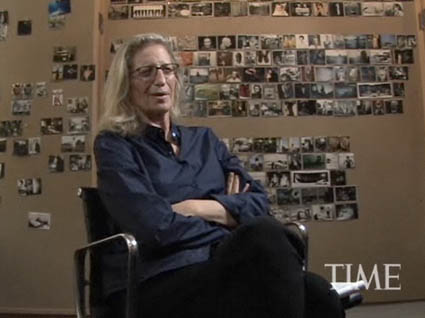
–
Annie Leibowitz answers 10 questions for Time magazine.
“What can’t be captured in a photograph?”
“A photograph is just a little, teeny-weeny, small piece of life. I feel like I see so much more than what I can actually get. I believe strongly in the power of the still photograph;. it can say so much, but it really is just a small piece of what actually is going on.”
You can see the video here.
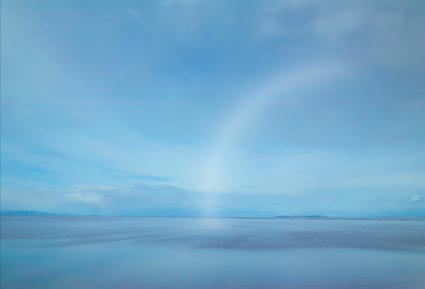
My 2009 workshop schedule is live. My field workshops emphasize creative approaches to exposure. My lab workshops emphasize creative approaches to post-processing. All of the exercises are designed to help you find and refine your unique authentic voice. There are four international destinations – Antarctica, South America, Namibia, and Iceland. There are two field workshop in Maine. All lab workshops are held in my private studio / gallery. Early registrants get 15% off. Space is limited.
Check out the full schedule here.
Check out specific workshops here.
Check out what past alumns have said about their experiences here.
See alumni work on this blog. Click the Alumni under Categories.
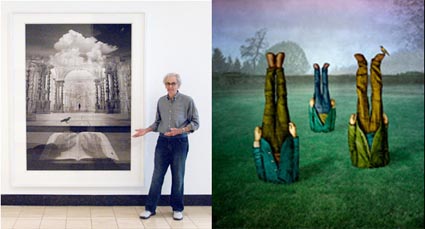
“There’s nothing more exciting for an artist than an exhibition showcasing new work, unless that show also features the work of an equally acclaimed and beloved spouse. Such is the story of photographer Jerry Uelsmann and artist Maggie Taylor at their recent “Just Suppose” exhibition at the University Gallery, University of Florida (UF), Gainesville, Fla.
Although the content of their art has a similar ethereal quality, both have very different approaches. Jerry Uelsmann rose to fame in the 60’s and 70’s as a master black-and-white printer creating composite images with multiple enlargers and long hours in the traditional darkroom. In contrast, Maggie Taylor produces her dreamlike color images by scanning objects into a computer using a flatbed scanner, manipulating the images with Adobe Photoshop, and printing them in a digital workflow using Epson Stylus Pro printers.”
Find out more about the production of their new work for this exhibit here.
Read my conversation with Jerry Uelsmann here.
Find Jerry and Maggie’s books here.
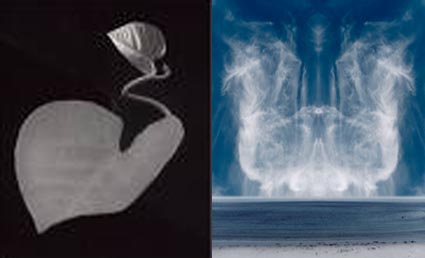
Father and son talk art.
Here’s an excerpt.
JPC O’Keefe once made the statement “You must learn to love the paint.” I think this quote very much emphasizes the process of being alive to one’s materials. I think the same needs to be said for one’s subject and oneself. I feel a work of art is great to the degree that the artist is truly alive to all three of these things. We touched on how to identify a work that is truly alive. If it is, is it a great work of art? If so, why is this so often confused with technical mastery and historical or ideological relevance.
PC The only way a work of art can become great is for one to acknowledge that it doesn’t belong to anybody. The greatness is in constantly giving back, coming to an acknowledgment of the source. Look back to the source of any individual, any process, any set of materials. If the individual personality can relinquish its insistence on concepts like “this is mine”, “I did it”, “this is original”, “nobody else has done it”, it goes straight for greatness or the essential spirit. No matter how simple the idea might be, it is compelling. Because the source has been allowed topermeate or inspire it.
Read the rest of the conversation here.
Find out about the new Running White Deer inkjet print here.
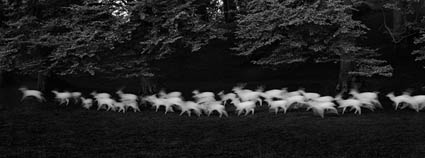
My father and I have been collaborating on reproducing his most famous image – Running White Deer. It’s a piece of photographic history. You’re hearing about it first here. And, you can get one of these special prints at a special discount for a limited time only. It’s not available anywhere else.
Find out more about the project here.
Order your print today here.
Stay tuned for more on this exciting project.
Prices for photographs have hit historic records. Contemporary artists are now selling photographs for more than $3,000,000. Richard Prince created one of the most controversial and expensive photographs; an appropriated image used in advertsing, represented in large scale, printed on inkjet, in an edition of 2.
Here’s Sam Abell’s reaction to Prince’s appropriation of one of his images.
Here’s Richard Prince speaking about his work in general.
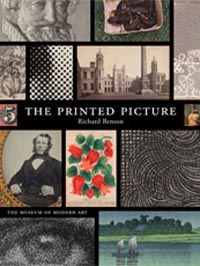
Photographer Richard Benson is the man behind the highly informative new exhibit at the Museum of Modern Art in NYC – The Printed Picture (on exhibit through June, 2009). Anyone who goes will expand their understanding photographic printmaking and it’s short but rich history. I did. In it you’ll see exceptional examples of a wide variety of printmaking methods from offset to gravure, platinum to silver gelatin, and inkjet. I highly recommend the exhibit and the accompanying book.
“The Printed Picture traces the changing technology of picture-making from the Renaissance to the present, focusing on the vital role of images in multiple copies. The book surveys printing techniques before the invention of photography; the photographic processes that began to appear in the early 19th century; the marriage of printing and photography; and the rapidly evolving digital inventions of our time. From woodblocks to chromolithographs, from engravings to bar codes, from daguerreotypes to modern color photographs, the book succinctly examines the full range of pictorial processes. Exploring how pictures look by describing how they are made, author Richard Benson reaches fascinating and original conclusions about what pictures can mean. Includes 326 illustrations.”
Also visit the exhibit of Benson’s personal work – Found Views, Chosen Colors – at the Pace Macgill Gallery in New York through November 29.
Seen it? Comment here!
Find out more about The Printed Picture here.
Get the book here.
Visit Found Views, Chosen Colors online here.
Read my conversation with Richard Benson here.

